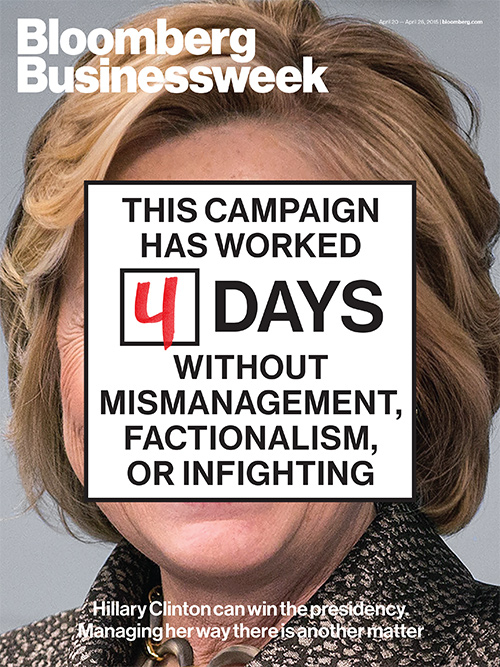 The latest Bloomberg Businessweek offers an update of California’s disappointing cap-and-trade plan for addressing global warming.
The latest Bloomberg Businessweek offers an update of California’s disappointing cap-and-trade plan for addressing global warming.
The idea was fairly straightforward: By forcing oil refiners, power plants, and factories to buy permits to emit greenhouse gases and then gradually shrinking the supply of those permits, the state could steadily raise the cost of carbon dioxide pollution and compel businesses to lower their carbon footprint.
State officials initially set a minimum price of $10 per metric ton of CO2. The California Air Resources Board, which runs the auctions where companies bid on carbon permits, projected that prices could eventually reach $50 a ton. Instead, prices have traded closer to $12 per ton, leading to far less revenue than anticipated and raising questions about what, if any, effect the program has had in lowering the state’s carbon emissions.
In the last fiscal year, ended on June 30, California’s cap-and-trade revenue fell about $600 million short of the $2.4 billion that Democratic Governor Jerry Brown had forecast. This year the shortfall looks to be much larger. The latest cap-and-trade auction, held on Aug. 16, fetched just $8 million for the state, with about two-thirds of the emission permits going unsold. That follows a May auction where only 10 percent of the permits were sold and only $10 million raised. Brown had hoped cap-and-trade revenue would hit $2 billion this fiscal year, money he was counting on to help fund his pet green projects, specifically a $64 billion high-speed rail system.
One reason companies have stopped buying carbon permits is that they may soon become worthless. The California Chamber of Commerce has challenged the constitutionality of the auctions, arguing in a lawsuit that cap and trade amounts to an illegal tax. An appeals court is expected to rule sometime in 2017. In the meantime companies are hedging their bets and buying futures contracts, which allow them to lock in a price to purchase carbon permits at a later date, while only paying about 10 percent of the cost upfront. “Why would anybody bid into the auction right now and pay hard cash?” asks Alex Rau, a principal at the carbon-trading advisory group Climate Wedge.
Even if cap and trade in California survives the legal challenge, its future is unclear. There’s a debate over whether the state has the authority to operate the program beyond 2020.


